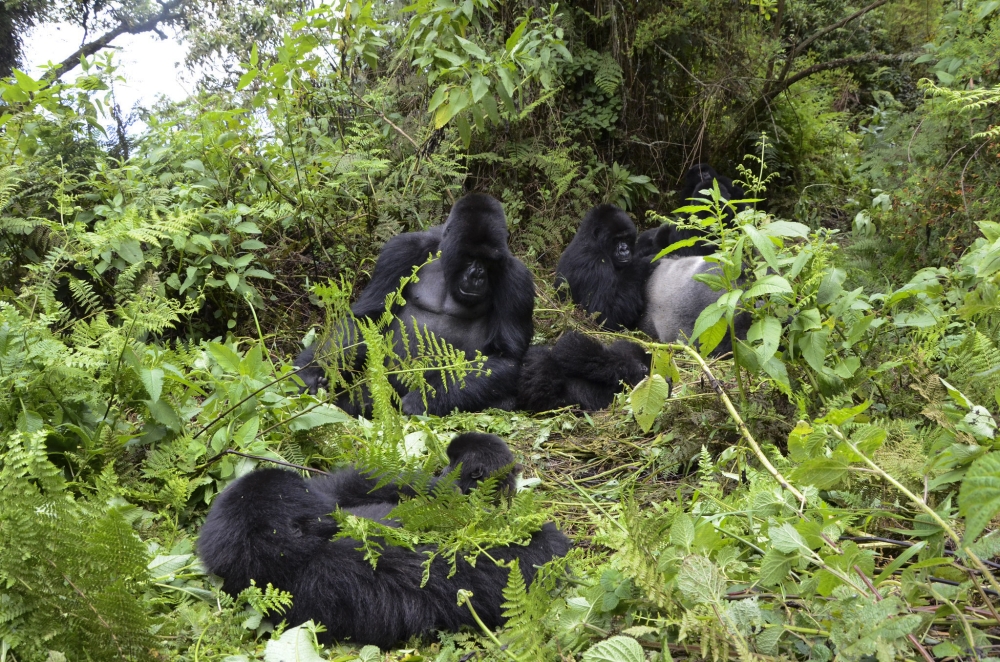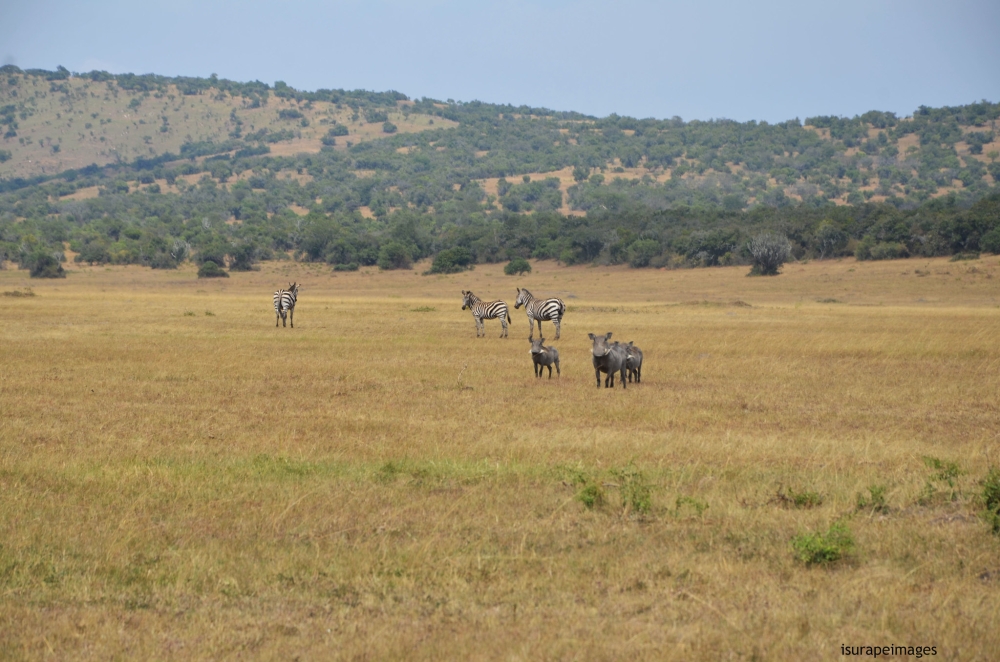

A number of changes were announced in a newly gazetted ministerial order relating to Akagera, Nyungwe, Volcanoes and Gishwati-Mukura National Parks.
Published on October 25, the order determines the boundaries, surface area and buffer zones of Akagera National Park, Nyungwe National Park, Volcanoes National Park and Gishwati Mukura National Park.
Here are some things you may need to know about the changes.
1. Size adjustment for Gishwati-Mukura National Park
Gishwati-Mukura National Park now has a slightly reduced surface area of 3,204 ha, from the 3,558 ha it was given in 2016.
ALSO READ: Gishwati-Mukura park witnesses surge in animal population
The Gishwati-Mukura National Park is situated in Rutsiro and Ngororero Districts, in Western Province.
It is Rwanda’s newest national park established in 2016 and designated as a World Network of Biosphere Reserves by the United Nations Educational, Scientific and Cultural Organization (UNESCO) on October 28, 2020.
It is home to a number of animals including golden monkeys and chimpanzees which are endangered species.
2. No changes for Akagera and Nyungwe national parks
According to the order, the size of Akagera and Nyungwe national parks is not changed.
Located in Kayonza, Gatsibo and Nyagatare Districts, in Eastern Province, Akagera National Park’s size area remained 108,363.7 hectares, while the Nyungwe National Park which is located in districts including Rusizi, Nyamasheke and Karongi, remains with a surface area of 101,957.67 ha.
ALSO READ: Akagera National Park generates over Rwf6bn in revenues
Home to the big five, Akagera National Park is one of the famous tourist destinations in Rwanda. Based on recent surveys, it is estimated that Akagera is home to between 60 and 80 leopards and 120 to 150 hyenas.


Among other notable species found in Akagera, there were 142 elephants, 1,153 zebras, 782 waterbucks, and 1,820 hippos, among others.
Nyungwe National Park is home to intact forests and peat bogs, moors, thickets, and grasslands, providing habitats to highly diverse flora and fauna.
ALSO READ: Rwanda’s Nyungwe National Park becomes UNESCO World Heritage Site
3. Buhanga forest is now legally part of Volcanoes National Park
The order also stipulated that Buhanga forest is now part of the Volcanoes National Park.
Located in Musanze district, Volcanoes National Park, is known for its gorilla safaris, as it is home to the highest number of mountain gorillas in the Virunga conservation area.
ALSO READ: Buhanga forest now part of Volcanoes National Park
The Buhanga forest is found within the Buhanga Eco Park, one of the safari locations that surround Volcanoes National Park. The Eco Park covers 31 hectares of land.
It is located in the community of Nyakinama, approximately 8 kilometres west of Musanze town, and boasts gorgeous flora and cultural tradition linked with it.
Buhanga Forest boasts a large number of drago and ficus trees, which combine to provide a lush canopy. It is also home to a variety of bird and butterfly species.


